Our lives revolve around various unseen structures and systems…
The concept of living off grid and the people who chose to do so have always fascinated me. Why would one want to live without all the structures we as a civilization have built over time to make life easier? Throughout this exploration I refer to these structures and systems as grids due to the sense of control they can have over our lives. These grids have impacted our lives so greatly many of us don’t even realize we interact with them on a daily basis. A question I asked myself all year was, have these grids taken control over our lives and our ability to make decisions for ourselves? The progression of my work over the past few months brings to light the amount of control we have in our lives. Over the span of a year I researched various systems we as a civilization have implemented within our lives to build order, ease, and purpose. My end focus was on the relationship between infrastructure and control, and how our infrastructure determines and limits our movements through spaces.
“Living Life On Auto Pilot”
Many of us have daily routines we conduct without thinking too much about how we do them. This is mainly because we have done them so many times that they are engraved into our minds. A book I created outlines some of the key systems we have in our lives and might not give a second thought too. In the book, I outline these systems (or grids as I call them) and question if they add value to our lives or not. Could one live a more fufilling, simpler, and rewording life with the release of some of these grids.



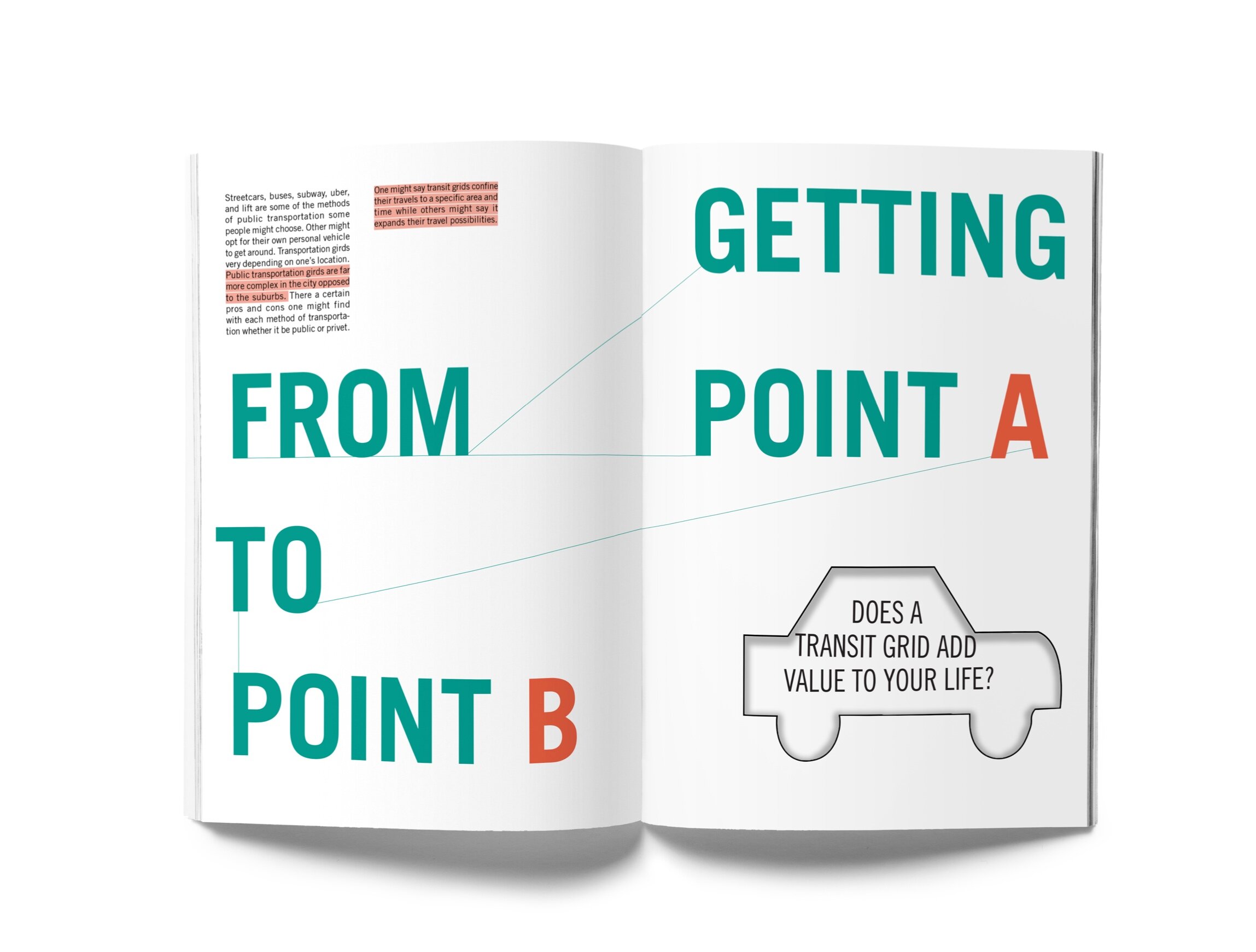








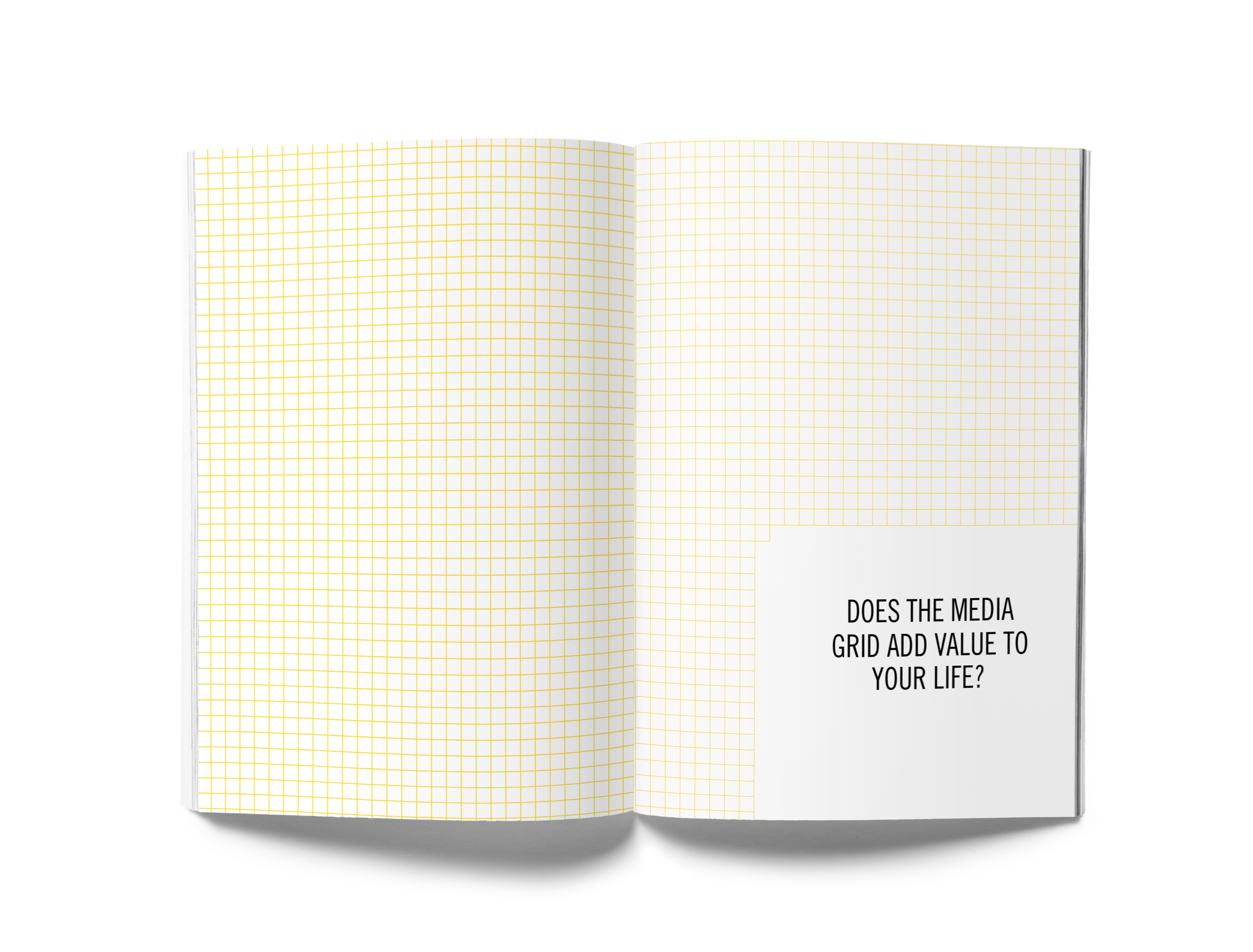





Movement
“At the time of its inception, the utility of the grid was a vision of a city beyond imagination that pulled its development through centuries of urban evolution. With all of its blocks now filled, the grid has reached the planar capacity of its designers, yet while the city has evolved the utility of the grid has stalled, locked in a preference of automobile infrastructure.” -Tyler Caine
A
A contrast and comparison of various movements throughout spaces within in the same grid.
(Animal, Human, Machine)
Over the span of a year I collected data from a GPS tracker placed on a cat, human, and car. This book contains the various paths created from the GPS data. Each chapter compares these different forms of movements within the same grid to show a lack of or abundance of control depending on the form of movement. At the end of the book a QR code is shown that leads the viewer to a website where the paths come to life in a digital form.
Animal and Machine
Within this chapter an animal and a machine explored areas of space in various structured environments. These environments were built to be lived in however, the strict geometric structure of these environments may discourage and limit interaction with spaces that were meant to be utilized. In this section, the paths created in space by animal and machine contrast each other, showing how controlled these spaces truly are. Animals roam freely within these environments paying little to no attention to restrictions in movement. While on the other hand machines such as cars, bikes, and scooters are restricted to a strike pre-constructed path through space.
Walking and Machine
Within this chapter a human and a machine explore areas of space in various structured environments. These environments were built to be lived in, and shaped to create distinct zones for various forms of infrastructure. However, although the way of planning spaces through grid structures may be historical, the way these spaces are interacted with has evolved as well as the infrastructure within it. Throughout this chapter a human’s movements on foot contrast a machines movement’s. Within this space both subjects create paths that the environment allows for. This chapter shows the contrast between different forms of infrastructure and how the infrastructure in place ultimately determines the path one takes.
Walking, Animal, and Machine
Within this chapter, all three methods of movement are explored in a single space. The paths created show the contrast in movements between a human, animal, and machine. This final chapter sparks a question; does the classic grid structure ultimately control one’s movements and decisions within urban spaces that are meant to be interacted with?


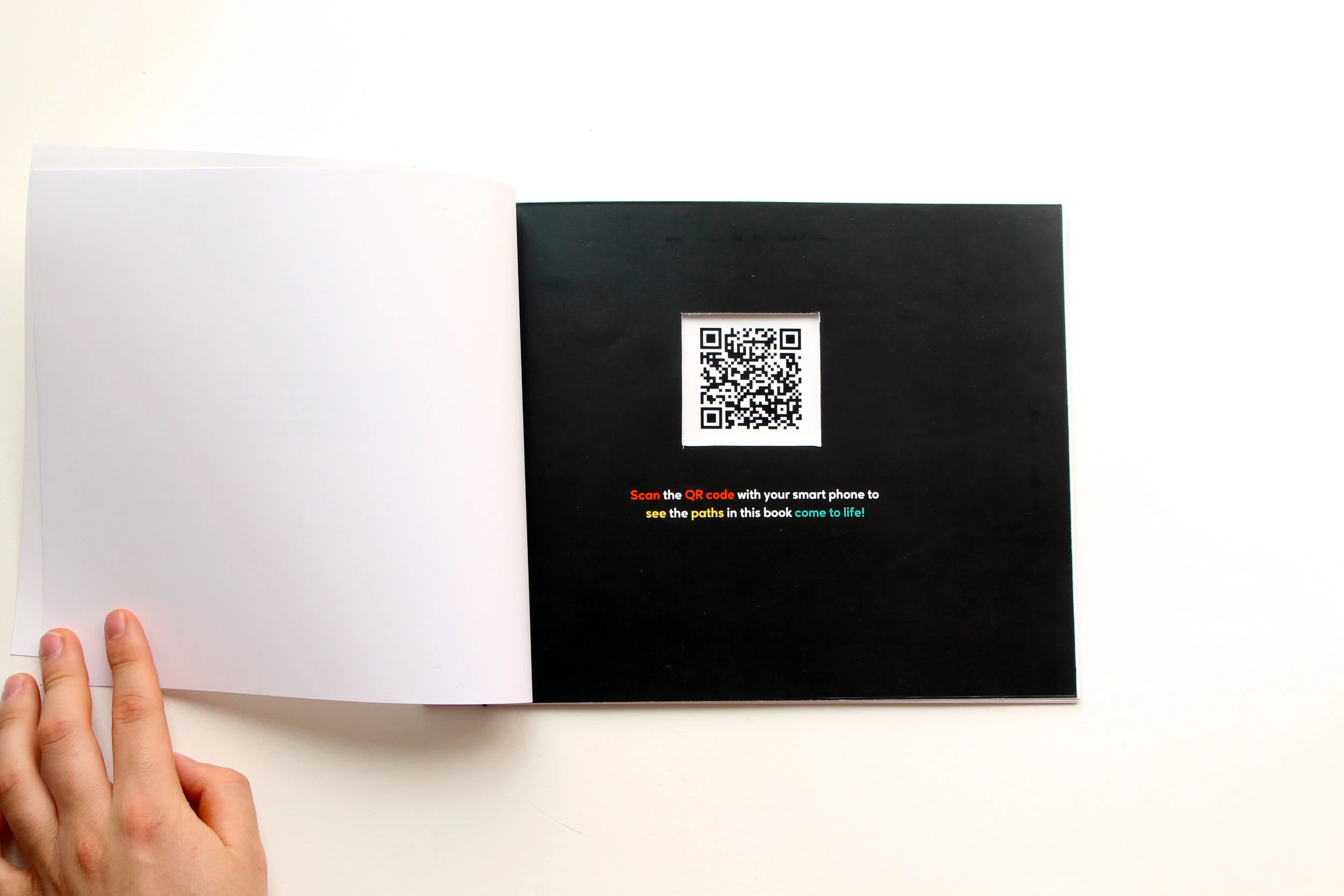





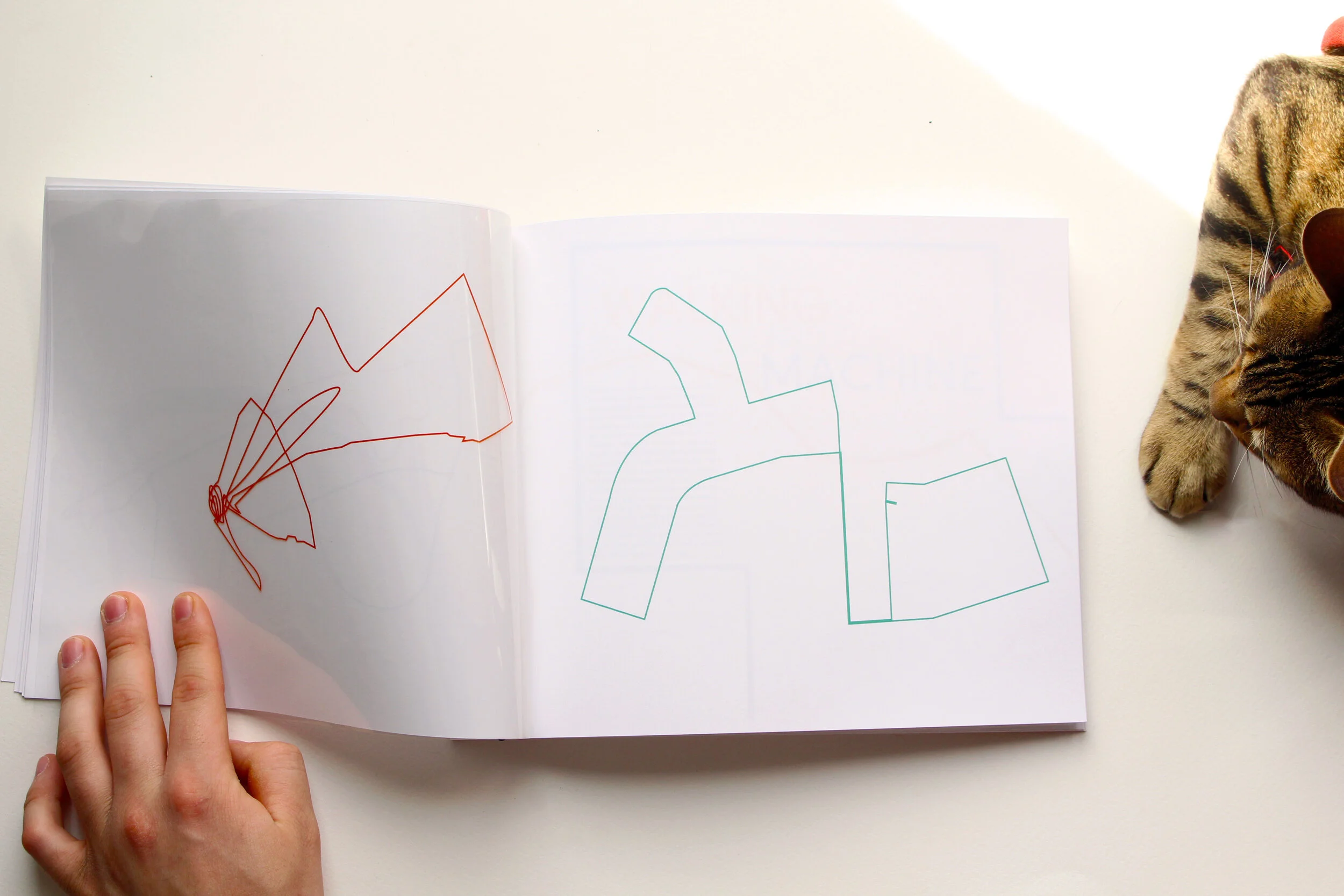




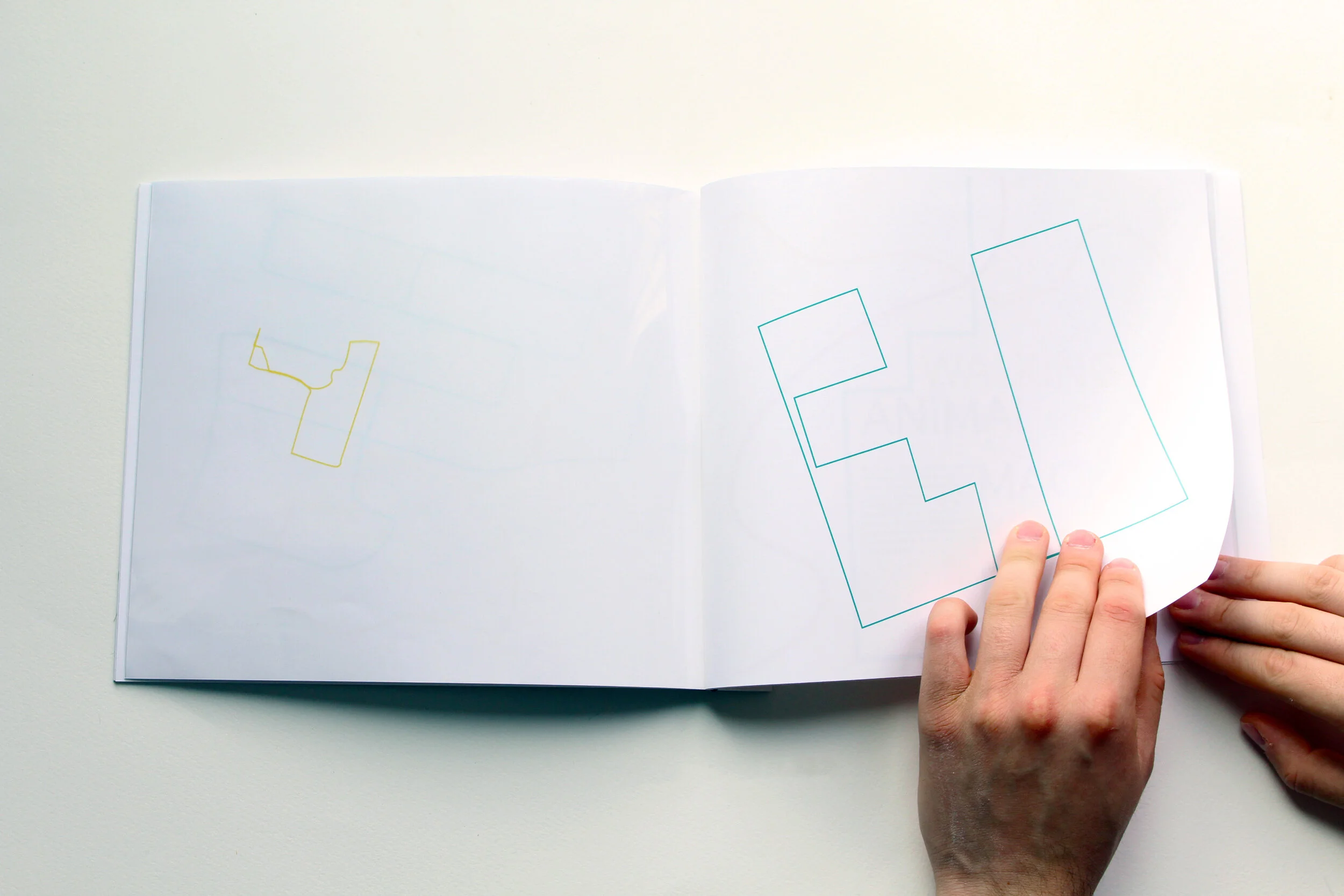
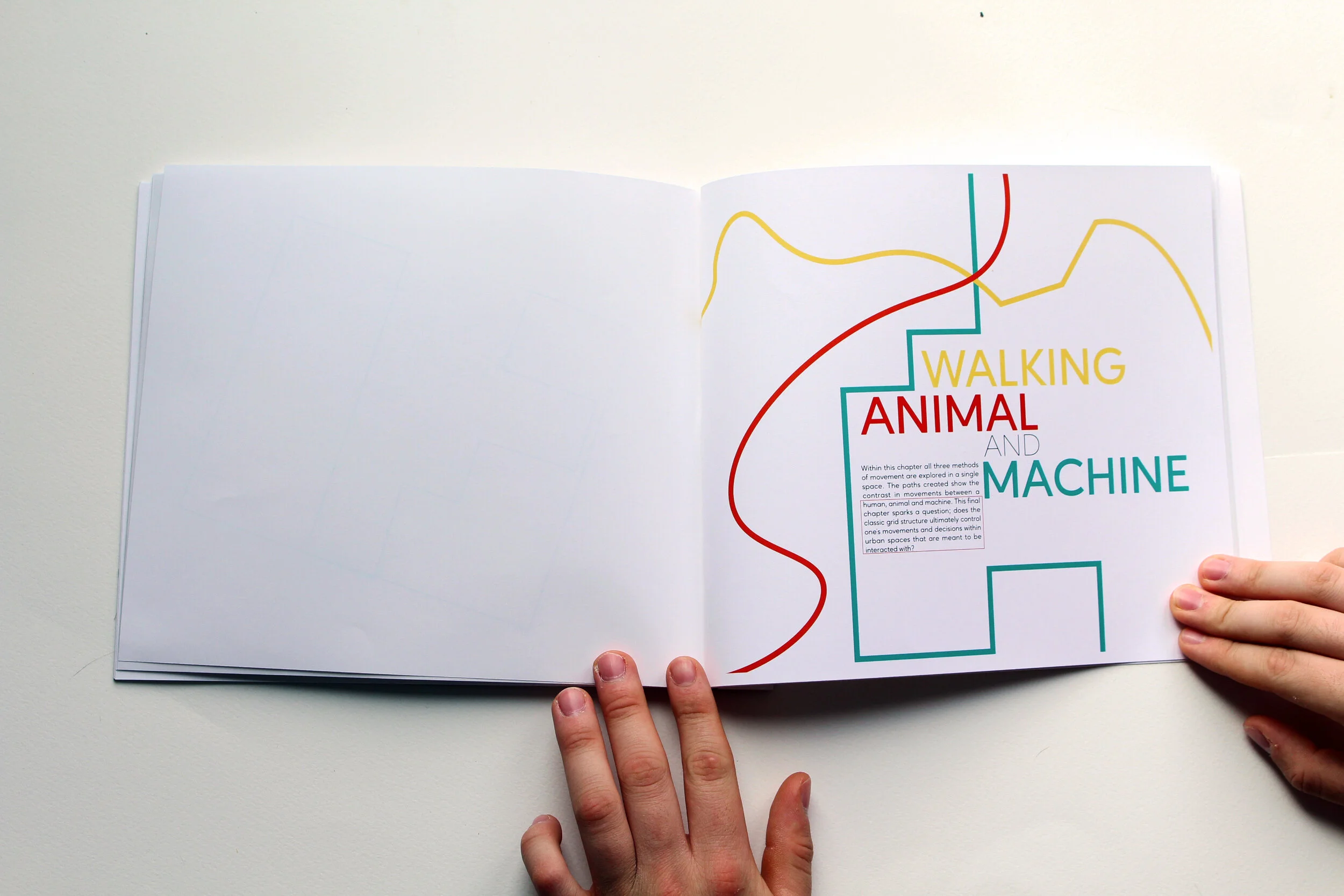




Have we evolved to become so dependent to the grid that we cannot function without it?
Tile Puzzles is an interactive website that allows the viewer to explore and interact with four different puzzles that represent my recorded movements. These puzzles do not have a definitive ending and are not meant to be solved. The movements I have recorded were translated into abstract compositions and transformed into puzzles that represent the amount of control involved within these paths. Within the site my three movements of study were named, geometric, askew, and organic. Slid puzzles are being used for the geometric and askew compositions due to the controlled nature of the puzzle (only being able to move on a grid). However, this is a work in progress and the askew composition will be composed of a different puzzle in the future. The organic composition is being represented with a drag and drop puzzle because it allows for more fluidity among the puzzle.
The fourth puzzle is titled Camouflage Combo. This puzzle is a combination of all three compositions. it comes in the form of a slide puzzle and a request is attached to this puzzle. The request is that the viewer interacts with the puzzle not to solve it but to create a composition, screen shot it and email it to me. The composition will then be added to a camouflage textile. The reasoning behind camouflage is because camouflage is a data visualization of nature for human advantage. These paths were created within nature and have now been translated and abstracted into various versions which can now be returned back to nature in the form of a textile.
Blending in
Blending in is a photo series of the camouflage in action. In this photo series, a model poses in the various environments that the camouflage paths were created in. A struggle I had to overcome when shooting was how to pose the model. Traditional camouflage is used to hide a person, place, or thing. However, I wasn't trying to hide my model instead I wanted my model to form a relationship with the environment they were placed in through body position. The model poses in both conventional and unconventional ways making for interesting photos that showcase the camouflage in a captivating way.














